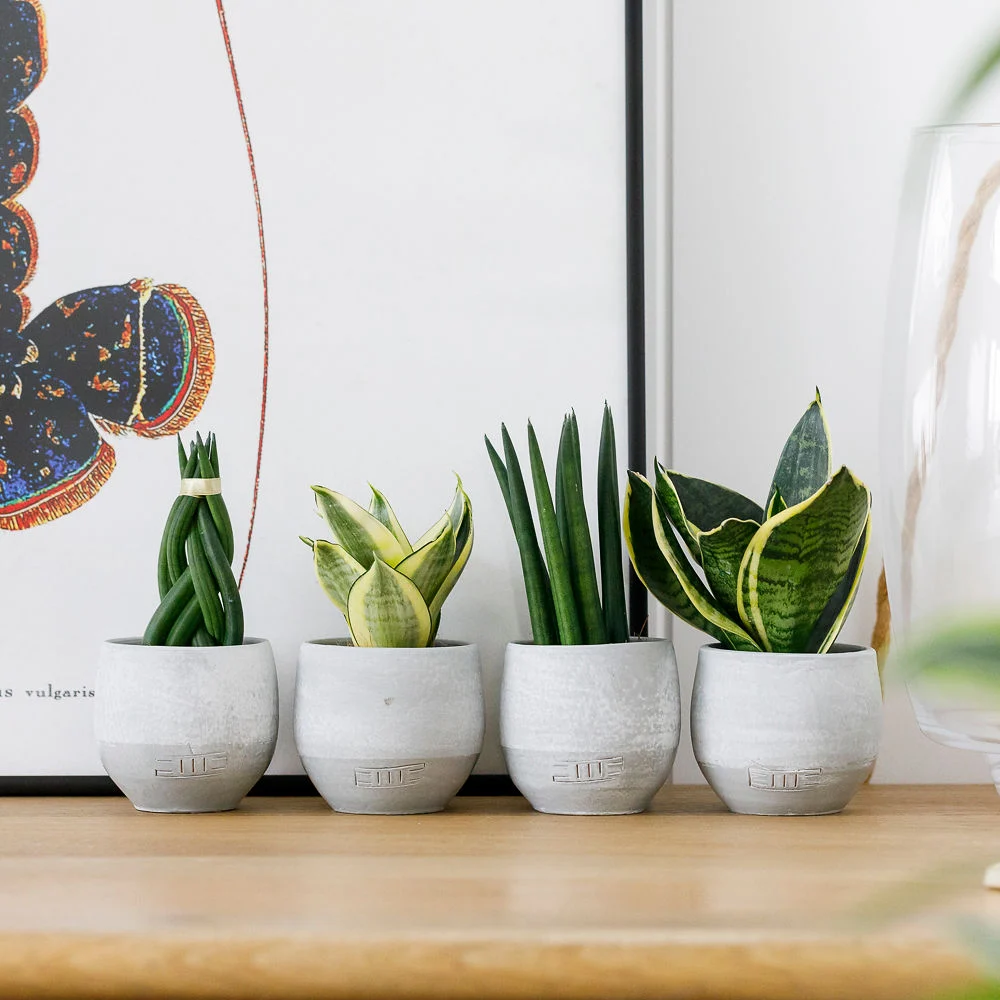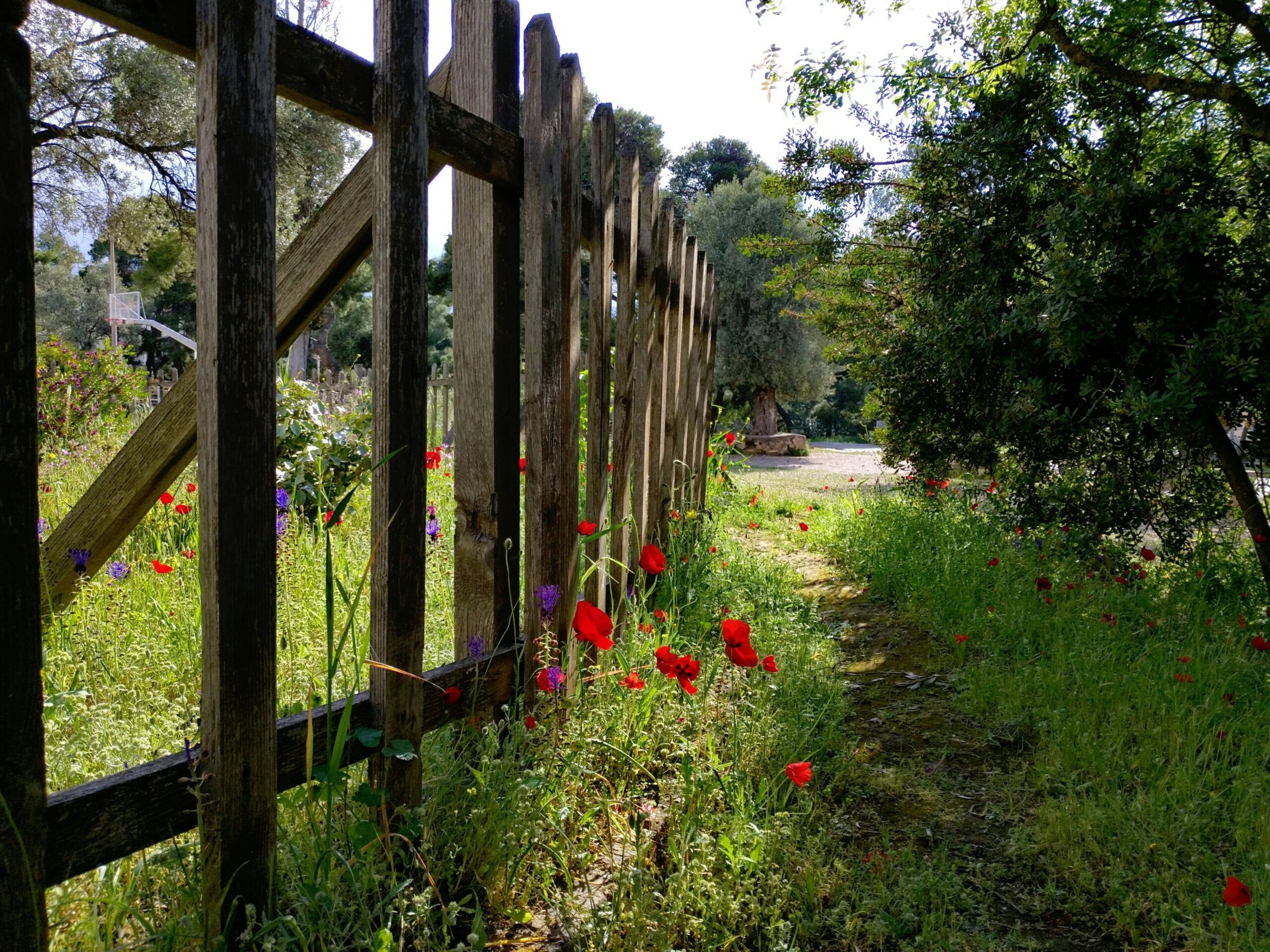The Little Botanical.
An online store for a business that grows, sells and delivers stylish, easy-care indoor plants and accessories in the UK.
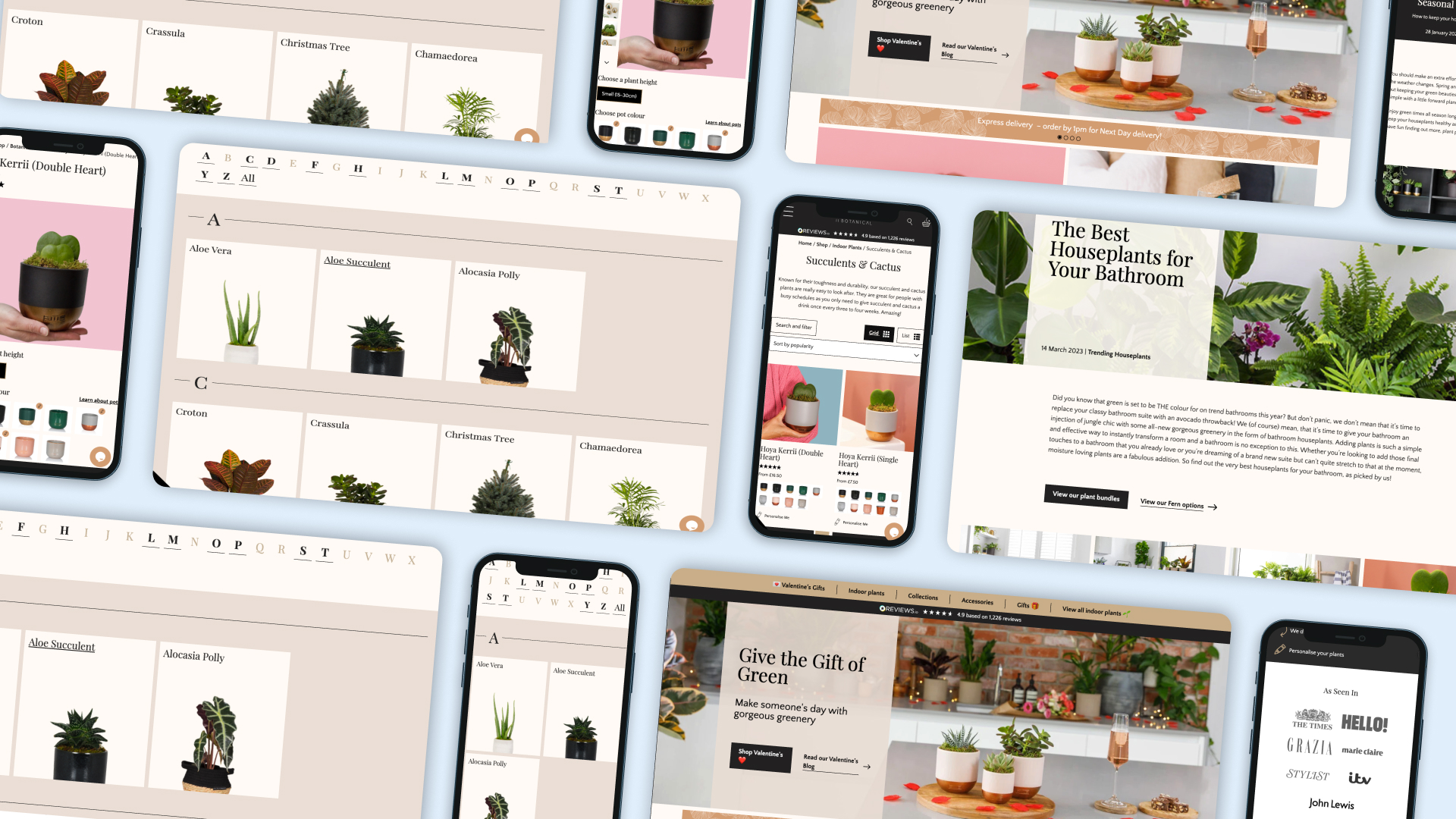
Project overview.
Client: The Little Botanical
The Little Botanical is a popular houseplant delivery website which had grown over time, especially during the COVID lockdown, where people wanted to improve their home office. This meant that in a small space of time the website had also grown hugely – from only a few plant ranges to a wide range of potential options for customers.
We first began working with The Little Botanical through a partnership, providing web development for their original site, followed by SEO support. This collaboration gave us valuable insight into the changes they needed, the best approach for a website refresh, and their long-term growth ambitions.
To meet their evolving needs, we proposed designing and developing a custom-built WordPress website. Our solution included a more efficient CMS with integrated custom tools, reducing reliance on third-party plugins. We also introduced a new front-end design and layout, enhancing navigation and improving the overall user experience.
Scope of work.
- Website design
- Website development
- A/B testing
- User experience
- WordPress
- WooCommerce
- SEO
- Support and maintenance
Key stats.
-
33%
Increase in organic traffic
-
38%
Increase in organic impressions
-
50%
Improvement in average organic position
Building the website.
Our approach began with a full audit of all website-related costs and a clear strategy for the rebuild. Due to the growth of the website during COVID, there were core issues such as menu items having grown considerably (making navigation harder), many third party plugins requiring more cost to run (based on traffic) and the structure generally needing updating to improve performance.
We assessed existing features, identified new opportunities, and determined which elements to remove, all based on data insights and A/B testing to ensure the best possible outcomes.
As part of the improvements, we introduced a new variable product layout with dynamic elements, allowing images, pricing, and availability to update based on user selection. This streamlined the product search process and enhanced the shopping experience.
We migrated the site to a new staging environment, implementing structural updates and code changes while working closely with The Little Botanical team to design a fresh, on-brand user experience. Over the following months, we refined designs and modules before launching the new website in time for one of their busiest periods, Christmas.
Before release, we carefully managed SEO transitions to maintain rankings despite the significant structural changes. This included setting up redirects and creating category pillar pages to support the new site’s organisation and search performance.
The Little Botanical now has a website that is built for scale. They have the ability to easily add and display product variations and have reduced their annual overheads through bespoke web development.
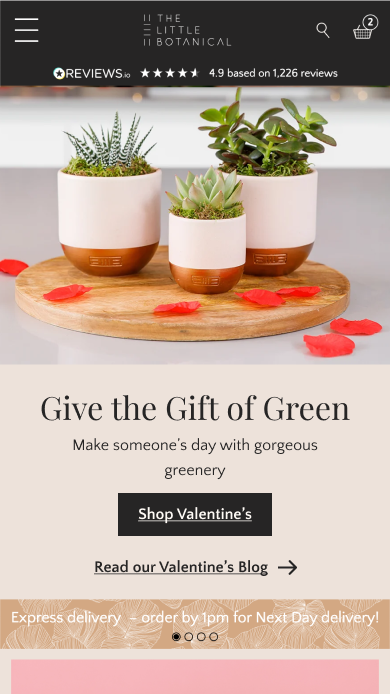


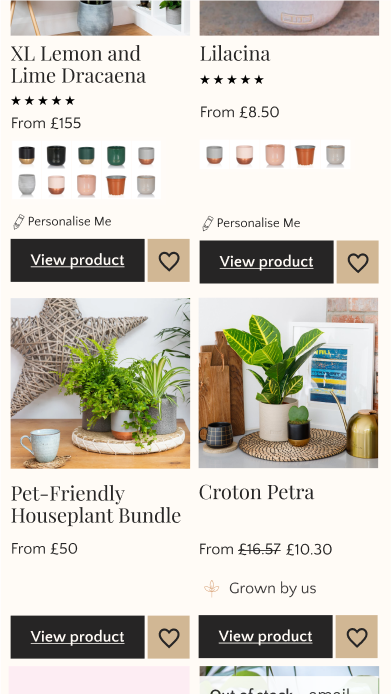
Trista Lin
Operations Manager | The Little Botanical




